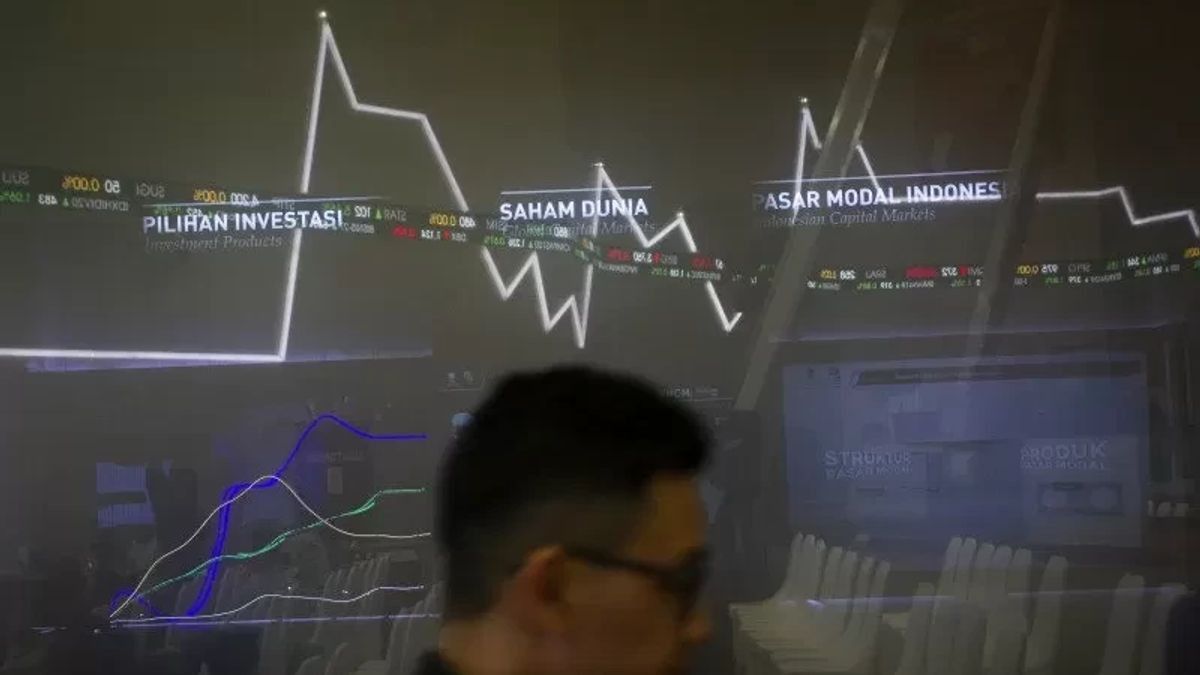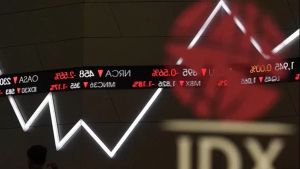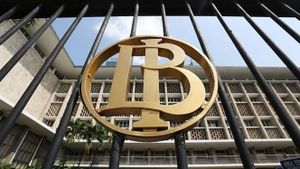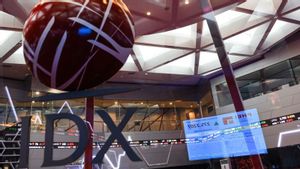YOGYAKARTA Retail sukuk and savings sukuk are investment instruments that can be an option, especially for investors who want to invest in sharia products and are free of usury in them. Differences in retail sukuk and savings sukuk can be seen in terms of yields, investment period (tensor), capital gain, to tradeable (tradable in the skewer market) or not.
For a complete explanation, see the summary of information about differences in retail sukuk and savings sukuk in the following article.
According to the official website of the Ministry of Finance, Monday, November 13, 2023, retail sukuk is a sharia investment product offered by the government to individual Indonesian citizens (WNI), as a safe, easy, affordable, and profitable investment option.
Meanwhile, what is meant by the savings sukuk is the type of state sukuk which is intended for retail investors with a minimum purchase of IDR 1 million.
The differences in retail sukuk and savings sukuk can be seen in the following things:
The differences in retail sukuk and savings sukuk which are most obvious can be seen from the types of returns.
The amount of returns obtained by investors when buying retail sukuk products will be the same from the beginning to the end of the tenor (fixed rate).
For savings sukuk, the type of yield offered is floating with a minimum limit (floating with floor). This means that the amount of the yield paid can change according to changes in Bank Indonesia's interest rate (BI 7 Days Repo Rate/BI7DDR).
In other words, if interest rates increase, the return on the savings sukuk will be greater. However, if interest rates drop, the yield will follow the minimum coupon limit announced by the government at the beginning of the issuance of the savings sukuk.
The investment period or tenor of retail sukuk is generally 3 years and 5 years. Meanwhile, the savings sukuk investment tenor is usually only 2 years and 4 years.
Capital gain is the amount of profit that investors get when they resell their investment assets.
Retail sukuk is a sharia investment product that can be traded in the secondary market. Therefore, investors have the potential to get capital gains or profits if the selling price is above the initial investment point.
However, investors who buy retail sukuk also have the potential to experience capital loss when the selling price is below the initial investment point.
Unlike savings sukuk, this sharia investment instrument cannot be traded in the secondary market. This means that investors do not have the potential for capital gains.
Even so, investors have the potential to get higher returns if Bank Indonesia raises interest rates.
Early reemption is a facility that allows investors to get a portion of the principal repayment before it matures.
This facility is not found in retail sukuk products. This is because retail sukuk is tradable, aka can be traded in the secondary market at any time.
SEE ALSO:
Meanwhile, the savings sukuk has an early reduction facility. The requirement to get this facility is the ownership of a minimum savings sukuk of IDR 2 million. The disbursementable capital can reach 50 percent of the total investment.
The early reemption facility can be used by investors who want to use their funds in the savings tribe for other purposes.
That's information about differences in retail sukuk and savings sukuk. Hopefully this article can add insight to the loyal readers of VOI.ID.
The English, Chinese, Japanese, Arabic, and French versions are automatically generated by the AI. So there may still be inaccuracies in translating, please always see Indonesian as our main language. (system supported by DigitalSiber.id)
















